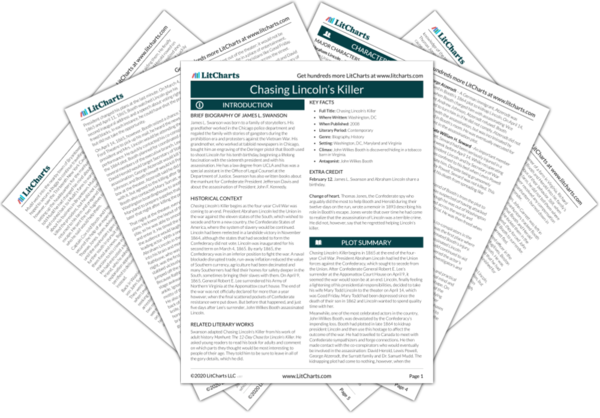Previous
Dr. Samuel A. Mudd
|
Previous
Dr. Samuel A. Mudd
|
Secretary of War Edwin M. Stanton Character Analysis |
Next
Colonel Lafayette Baker
|
Stanton knew that if any person in Washington deserved a precious lock of the martyr’s hair, it was Mary Jane Welles. She later framed the cherished relic with dried flowers that had decorated Abraham Lincoln’s coffin at the White House funeral. Stanton gazed down at his fallen chief and wept.

Stanton knew that if any person in Washington deserved a precious lock of the martyr’s hair, it was Mary Jane Welles. She later framed the cherished relic with dried flowers that had decorated Abraham Lincoln’s coffin at the White House funeral. Stanton gazed down at his fallen chief and wept.